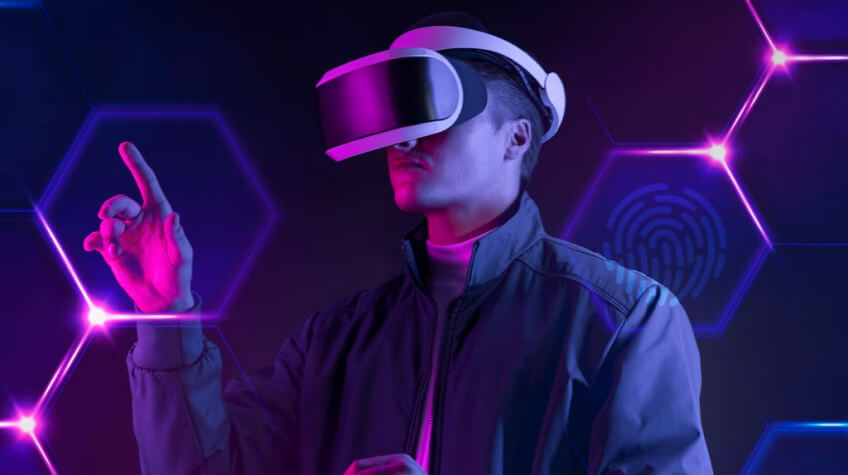
Augmented Reality with X-Ray Vision and its Privacy Concerns
Imagine walking down the street wearing a pair of augmented reality glasses that let you glimpse through walls and identify objects with X-ray vision. It seems like something from a science fantasy movie. But with the rapid advancements in augmented reality technology, such a scenario may be close.
While this technology may seem incredibly exciting, it raises serious concerns about privacy and the ethical implications of such a powerful tool. The ability to see through walls and clothing could be used to invade people’s privacy and violate their boundaries. In this discussion, we will explore the potential of augmented reality with X-ray vision and its privacy concerns.
What is the AR headset competent of accomplishing
The headset can provide an augmented reality experience allowing the wearer to see beyond the physical world. With X-ray technology, the headset can penetrate objects and surfaces, revealing what lies behind them. This could include identifying hidden objects or obstacles, viewing the inner workings of machinery, or even seeing through walls and clothing.
The technology behind the headset involves a combination of cameras, sensors, and software that work together to create a 3D model of the user’s environment in real-time. This model is then projected onto the headset’s display, which overlays the X-ray imagery onto the user’s field of vision.
Aside from the X-ray capabilities, the headset can also provide other augmented reality features, such as spatial audio, voice recognition, and gesture tracking. These features can provide a fully immersive experience, allowing the wearer to interact with their environment in new and exciting ways.
While the possible applications for this applied science are vast, it also raises serious concerns about privacy and ethics. The ability to see through walls and clothing could be used to invade people’s privacy, and there may be concerns about the potential misuse of the technology. As with any new technology, it will be necessary to carefully consider the ethical implications and ensure that appropriate safeguards are in place.
What are the dangers of augmented reality?
While augmented reality (AR) offers exciting possibilities for enhancing our lives and experiences, there are also potential dangers that come with this technology.
Here are a few of the significant risks of AR:
As with any emerging technology, it is essential to consider the risks and benefits of augmented reality carefully and to develop appropriate safeguards and regulations to mitigate potential harm.
How to minimize the risks of augmented reality with X-ray vision
Augmented reality with X-ray vision has the potential to revolutionize a range of industries, from medicine and manufacturing to gaming and entertainment. However, like any new technology, it carries certain risks that must be minimized to ensure its safe and responsible use.
Here are a few methods to do just that:
Augmented reality with X-ray vision can potentially transform many industries, but it is essential to minimize its risks. By implementing strict regulations and guidelines, educating users, developing secure and privacy-focused software, conducting thorough testing, and monitoring and responding to feedback, we can ensure that this technology is used safely and responsibly.
In conclusion, augmented reality with X-ray vision is a robust technology that has the prospect of revolutionizing various industries. Nevertheless, as with any latest technology, it arrives with privacy concerns. As users become more aware of the potential risks associated with this technology, developers and regulators, need to prioritize the security and privacy of their software to prevent unauthorized access to sensitive information.
By implementing strict regulations, educating users, and developing secure and privacy-focused software, we can ensure that augmented reality with X-ray vision is used safely and responsibly. With the proper measures in place, we can harness the full potential of this technology while minimizing its privacy risks. We hope this blog on augmented reality with x-ray vision and its privacy concerns is useful to readers.
This content was originally published here.


